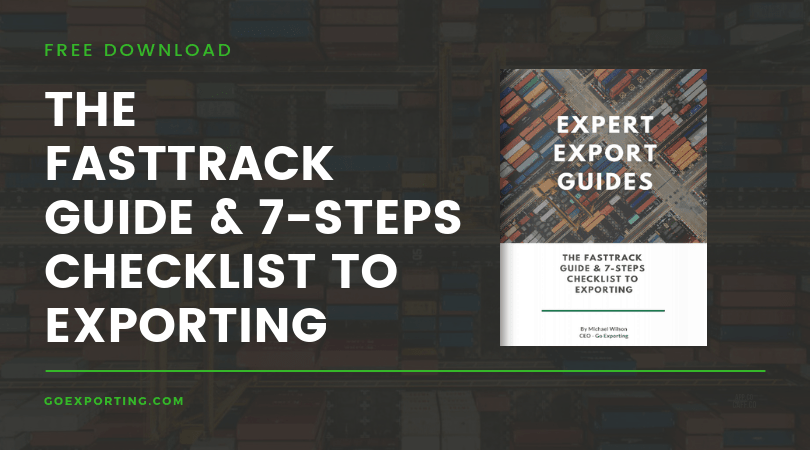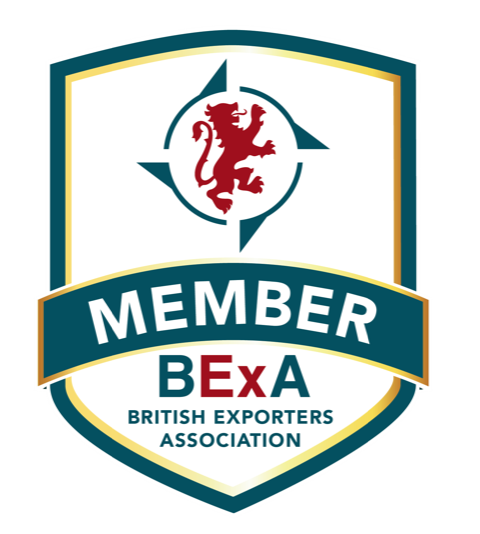E-commerce marketing is hard enough to conquer before you begin to factor in targeting audiences outside of the country you’re based in.
However, the potential rewards for boldly selling where your online store has never sold before are huge. In fact, the average SME in the UK that begins to export can see total sales revenues increase by £300,000 each year.
However, only one in 10 businesses do sell internationally, and there are numerous reasons why.
First, lack of internal resources and knowledge made getting started with internal selling a daunting prospect. Where do you begin? How do you ship orders abroad? What are the customs procedures?
And then there are digital considerations to factor in too, including calculating shipping rates for different countries and, crucially for this article, how to actually generate those first international sales to make your efforts worthwhile.
If you’ve established that selling internationally is right for you, and have explored the technical, legal and procedural processes to make it work, then the next step is deciding on how to actually drive brand awareness, traffic and sales from your new target territories.
In short, how do you choose the right digital channels, and what are the international e-commerce considerations of each one?
Let’s dive right in.
Organic search
Organic search, or SEO, is the means of driving traffic from the likes of Google and Bing. SEO traffic tends to be the lifeblood of most websites, bringing in ‘free’ clicks and sales on a typically sustainable level.
But driving those first clicks requires gaining positive search engine rankings. That is, you need to be ranking on page one to really start generating some visibility for your website, for the keywords that matter most to your business. After all, the best place to hide a dead body is on page two of Google search results!
Here are some international SEO considerations before you get started:
- What language is most spoken and searched in your new target territory? Do you need to offer a translated version of your website?
- If yes, then you need to ensure that translated pages are indexable by search engines. That is, they render their own URL which can be crawled by Google’s crawl bots!
- How powerful are your competitor’s websites in that country? Check your site’s domain authority versus theirs.
- What countries are the majority of your backlinks derided from? Consider implementing a linkbuilding campaign to generate blogger, digital PR and directory links from sites with a top level domain that matches the country you’re expanding into (for example, .es websites in Spain).
- Make sure you’re optimising your website for the keywords that consumers in your target country are actually searching for. They could be searching for different variations, for example, bin versus trash can. Or, they could be searching in a different language altogether.
Social media
Social is a key channel for most businesses, but especially when it comes to e-commerce marketing. Building large social communities, turning customers into social advocates and placing your ads in front of the people most likely to buy your products are reliable revenue streams for online brands… so long as you have the right strategy in place.
The fundamentals of good social media marketing tends to hold true in whichever country you’re doing business in. Create great content, put it in front of the most relevant people, and entice them to make a purchase.
Read more: How to ensure your website attracts an international audience
But what questions do you need to ask about your social media strategy as you go from local business to international brand?
- If influencer marketing has been a success in your base country, then research which influencers are most relevant to your new target territory.
- Do you need to set-up separate social channels in a different language?
- How competitive is the new country’s social space in your niche? Who are the main competitors?
- Is the target demographic for your product the same in one country versus another?
- Which social platforms are your target audience using the most? This can change drastically from country to country, especially if targeting an entirely new continent.
- What are the social norms and customs that may affect your marketing messages and creative designs?
Paid search
Our final consideration for this article is paid search. PPC, such as Google AdWords or Bing Advertising, is a method of paying for clicks from search engines, and placing your ads in front of people either when they’re directly searching for what you have to offer, or by targeting audience segments that are most likely to correlate with your perfect customer.
Like with social media, the fundamentals of paid search in any territory remain steadfast: the right targeting, the right placement, the right messaging and the best landing page experience will all help to drive better results, and a profitable return on investment.
But as you expand your campaign targeting to new countries, it’s worth also considering:
- What language do target consumers in the new country most often use search engines in?
- Do you need to translate your ad copy? If so, do it professionally as poor translations (even those provided by Google Translate) will reduce trust and harm conversion rates.
- What keywords are people searching for? They may differ from your home country, and could be in an entirely different language most of the time.
- What websites are your target customers most engaged with in the new territory? This will feed into your display placement campaigns.
- Does your landing page have the right trust signals? The audience in your new target country may never have heard of you, so include great reviews and relevant trust logos on your site – preferably reviews and logos that mean something to those consumers.
- Offer the right delivery options and competitive pricing. It may be preferable, albeit a big strategic job, to distribute popular product lines directly from within the new export market to speed up delivery and cut costs.
Want to learn more? We created a free international marketing whitepaper that goes into more detail about the specific marketing channels available to you, including strategic considerations and traditional marketing avenues too.









